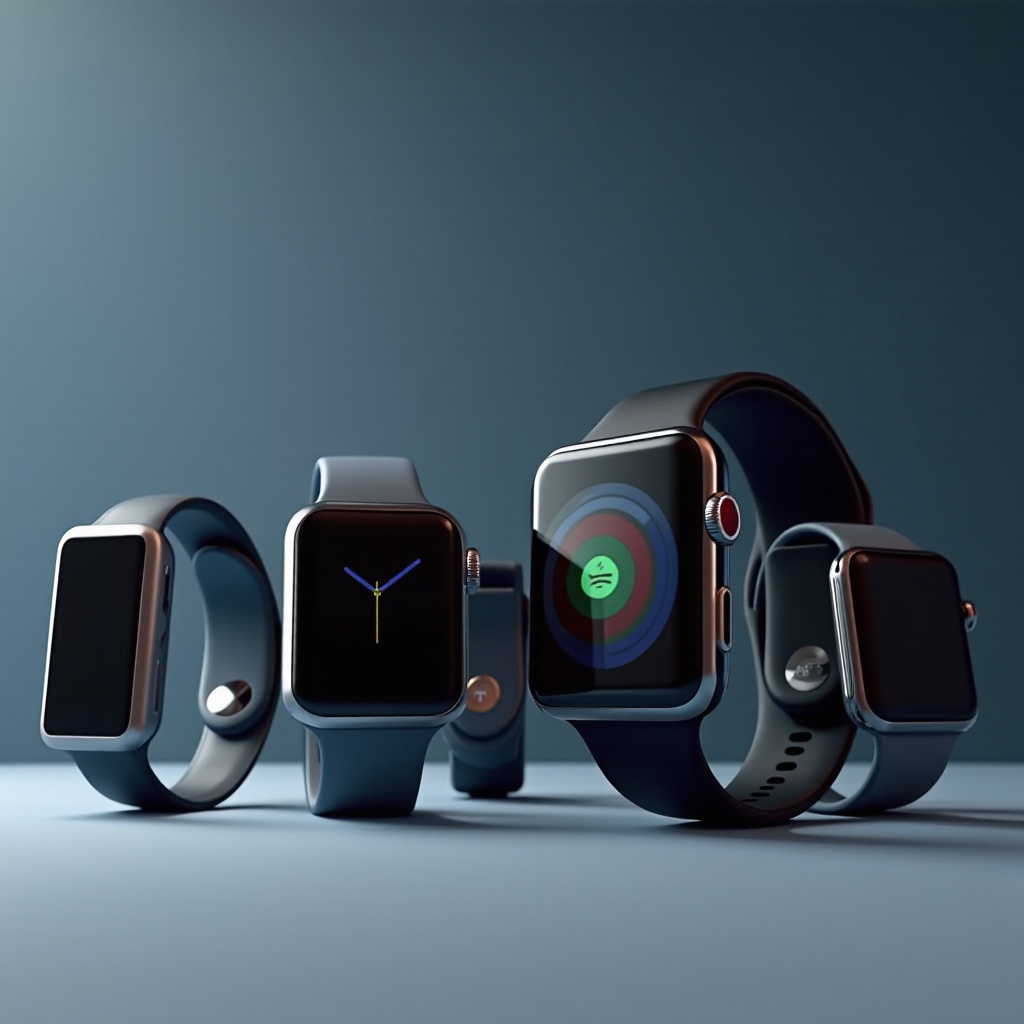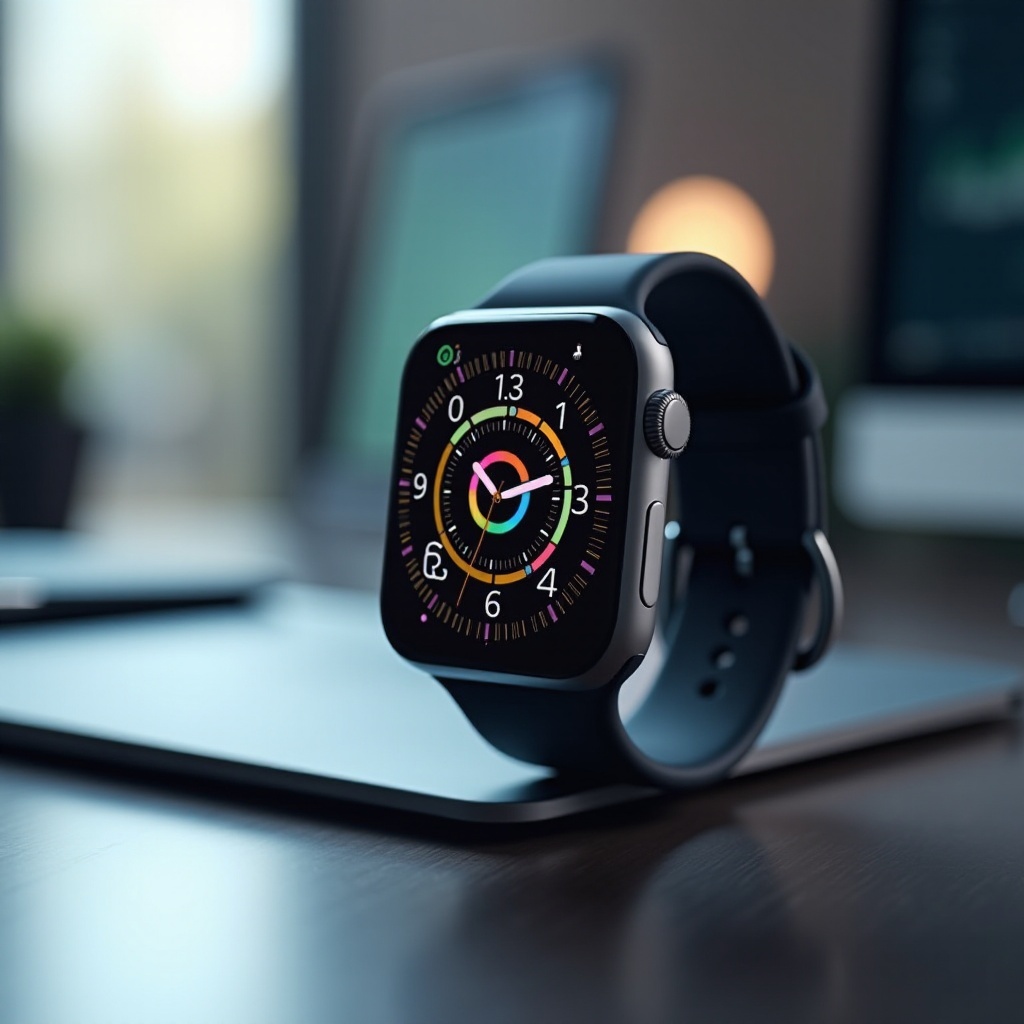In the dynamic world of wearable technology, smartwatches have transcended the mere role of displaying time to become essential companions in our daily lives. They track your health, alert you to messages, and even allow you to answer calls directly from your wrist. However, an essential question for potential buyers remains — does owning a smartwatch necessitate a data plan? The answer lies in understanding the types of smartwatches available, their connectivity options, and your personal usage preferences. This guide aims to unravel these aspects, assisting you in making informed decisions about integrating a smartwatch into your tech ecosystem without unnecessary expenses.
Types of Smartwatches and Their Connectivity
Today’s smartwatches are available in a variety of styles and capabilities, each designed to meet different connectivity needs. Essentially, they fall into two broad categories:
1. **Bluetooth-Only Smartwatches**: These depend entirely on being tethered to a smartphone to perform most of their functions. Whether it’s receiving notifications, accessing apps, or tracking location with GPS, these watches borrow the connectivity of the smartphone they’re paired with, eliminating the need for a separate data plan.
2. **Cellular-Enabled Smartwatches**: These are equipped with a SIM card slot or an eSIM feature, allowing them to connect to cellular networks independently without intermediary devices. This capability enables direct network access for making calls, sending texts, and streaming media, creating a more autonomous experience.
Understanding these categories is crucial when deciding whether a data plan for your smartwatch is necessary.

Should You Get a Data Plan for Your Smartwatch?
When Is a Smartwatch SIM Card Necessary?
For those with cellular-enabled smartwatches, obtaining a SIM card is indispensable for independent network access. But when exactly does this become an essential consideration? If you aspire to use features such as untethered calling, instant messaging, or mobile data for browsing, a SIM card becomes crucial. Additionally, athletes or fitness enthusiasts who prefer leaving their bulky phones at home benefit from real-time GPS tracking and music streaming services while on the go. Yet, it’s important to consider that not every function requires network independence; many conveniences can be achieved even without a separate plan.
Benefits of Having a Data Plan for Your Smartwatch
Obtaining a data plan specifically for a cellular-enabled smartwatch comes with distinct advantages that can enhance its functionality significantly:
– **Detachment from Your Smartphone**: With a dedicated data plan, your smartwatch can perform essential tasks regardless of your phone’s location. This feature is invaluable in scenarios where carrying a phone is inconvenient, such as during exercise or when running errands.
– **Comprehensive Connectivity**: A smartwatch with its own plan allows continuous access to notifications, email, and internet-based applications without needing to be within Bluetooth range of your phone.
– **Enhanced Life Utility**: From streaming music on the go, accessing maps and navigation, to making emergency calls, a data plan enriches the smartwatch experience, making these devices truly versatile.
However, these benefits come with additional expenses, and evaluating whether they align with your daily usage is key.

Why a Smartwatch Data Plan May Not Be Ideal for You
Despite the allure of independent connectivity, having a data plan for your smartwatch might not be the best choice for everyone. Consider the following:
– **Cost Considerations**: The added monthly cost of a data plan can accumulate. If your smartphone is usually within reach, its existing Bluetooth and Wi-Fi connections often suffice for most tasks, making an extra data plan superfluous.
– **Usage Patterns**: Evaluate how you plan to use your smartwatch. If it’s primarily for fitness tracking with occasional message notifications, being tethered to a smartphone isn’t much of a hindrance.
– **Battery Life**: Cellular connections can drain a smartwatch’s battery faster compared to when it’s operating via Bluetooth. Depending on your lifestyle, this could be a significant factor in your decision-making.
Finally, recognize that your lifestyle and technology demands evolve, and with them, your need for a data plan might change.

Summary
In conclusion, determining whether a smartwatch needs its own data plan hinges on a careful evaluation of your needs and how you envisage using this wearable tech in your daily life. Cellular-enabled smartwatches offer an appealing level of freedom and functionality, but this independence comes with added costs. For users tethered to their phones during most of their activities, a data plan may not provide enough additional benefit to justify the expense.
Careful consideration of how you will leverage the technology can prevent unnecessary costs and maximize the utility of your smartwatch. It’s essential to weigh the benefits against your budget and lifestyle needs to make an informed decision that perfectly integrates into your personal tech ecosystem. This decision not only enhances your everyday convenience but also ensures that your technological investments are both prudent and productive.
Does a smartwatch need a data plan to function?
Not all smartwatches need a data plan to function. Typically, a data plan is only necessary if the smartwatch has cellular capabilities that allow it to operate independently of a smartphone. Most smartwatches connect via Bluetooth to a smartphone to sync data and use the phone’s internet connection when necessary. However, for features like making calls, sending messages, or streaming music independently, a smartwatch with cellular capabilities would require a separate data plan.
Do specific models like the Galaxy Watch require their own data plans?
Specific models like the Samsung Galaxy Watch come in both Bluetooth and LTE versions. The LTE versions have cellular capabilities, which means they can function independently from a smartphone, such as making calls and sending texts directly from the watch. These models would require their own data plan. On the other hand, the Bluetooth models do not need a separate data plan as they rely on the connection to a smartphone for data.
How does a smartwatch operate with or without a phone?
When connected to a smartphone, a smartwatch can access notifications, apps, and features that rely on the internet. It uses the phone’s data connection to update apps, access GPS, and sync information. Without a phone, a smartwatch with cellular connectivity can perform many of these tasks independently, thanks to its own data connection. However, a non-cellular smartwatch must rely on Wi-Fi networks or offline functionalities like fitness tracking, timekeeping, and pre-loaded apps when not paired with a phone.
What are the cost implications of owning a smartwatch?
Owning a smartwatch can involve several costs. Initially, there is the upfront cost of purchasing the device, which can range from $100 to over $500, depending on brand and features. If you opt for a smartwatch with cellular capabilities, there may be additional monthly data charges similar to a mobile phone plan, typically around $10/month. Additionally, software and app purchases, accessory buying like bands, and potential repair costs also contribute to the ongoing costs of owning a smartwatch.
Do smartwatches require an internet connection to work?
Smartwatches do not require an internet connection to perform basic functions like tracking steps, monitoring heart rate, telling time, and running pre-installed apps that do not need data. However, for advanced features such as receiving notifications, streaming music, downloading apps, and using GPS navigation, an internet connection through Wi-Fi, Bluetooth (via smartphone), or cellular data is essential.
